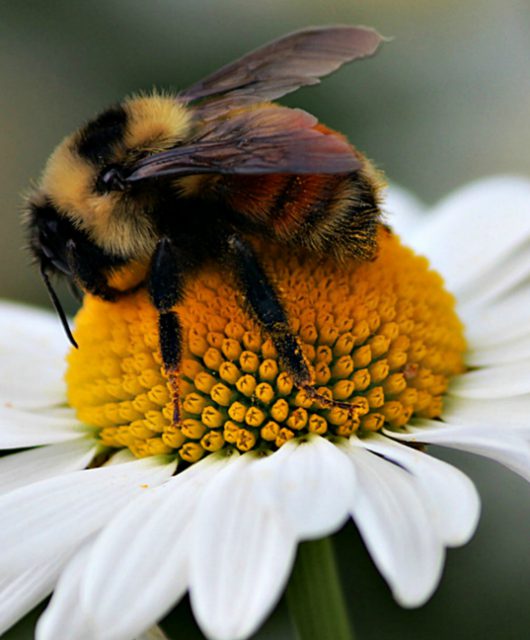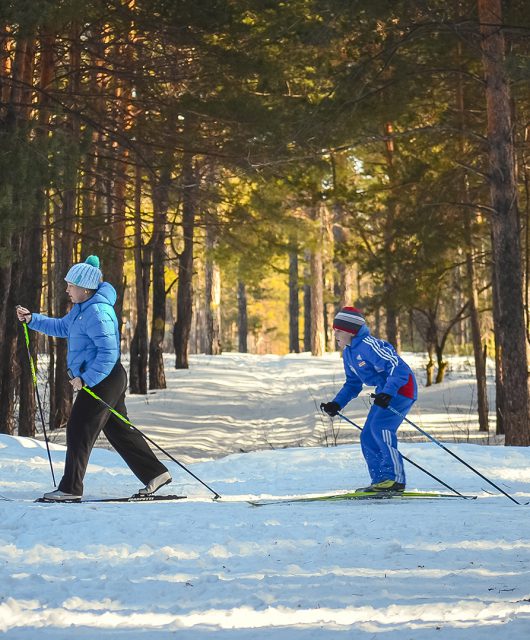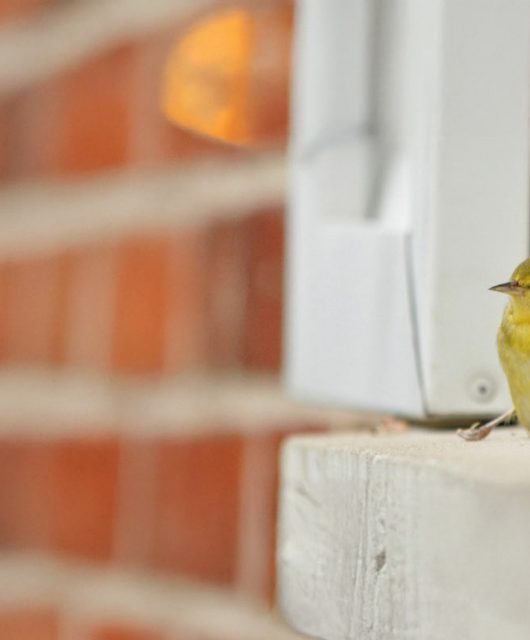Forest fires are raging across the country. Discover how different animals respond and adapt to these intense blazes.
Last summer, wildfires scorched over 18.4 million hectares of land in Canada, including several “megafires” that proved incredibly tough to control. These massive blazes can burn through forests at 10 kilometres per hour, often outpacing emergency. After all, it’s not always easy to detect a wildfire and sometimes they are only discovered hours or days later. As you can imagine, the spread and intensity of these fires make containment a daunting challenge.
So, how do animals respond to wildfires? It varies by species. Each animal has its own strategy for coping with the immediate threat and aftermath of such devastating events.
Terrestrial mammals
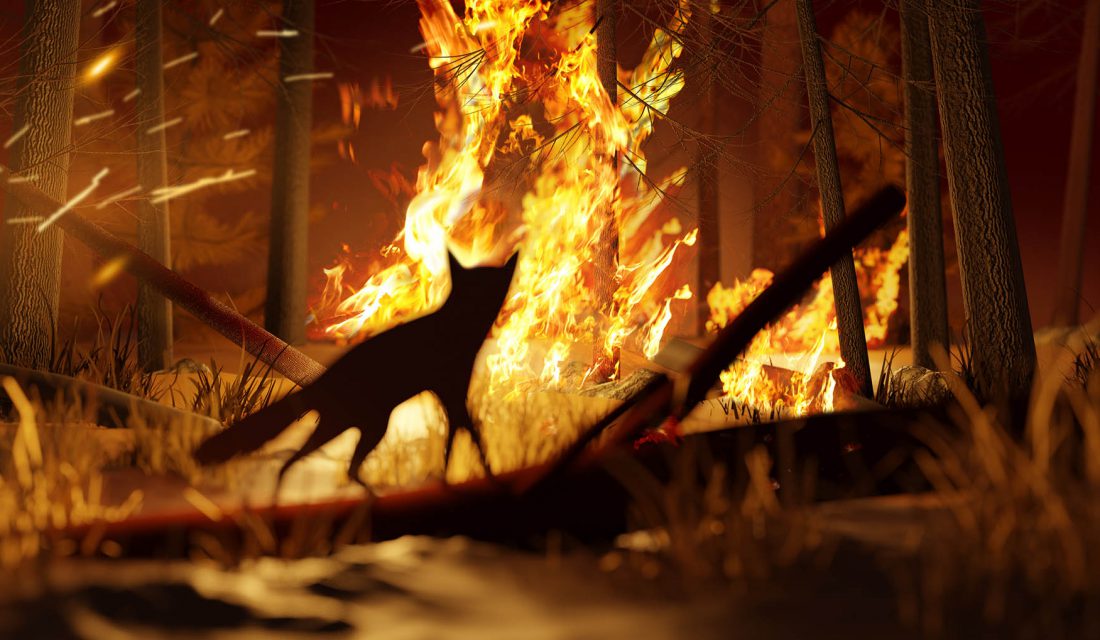
Most terrestrial mammals can sense a nearby wildfire giving them enough time to flee the area and avoid being burned. Usually elderly or young animals are most vulnerable in these situations and may die from the flames. Some of the mammals that escape may seek refuge near human-populated areas. Others, namely predators, might take advantage of the chaos to hunt mammals fleeing the fire. Some small mammals may decide to stay put, hiding under logs, rocks or even burying themselves in the dirt. Mammals are usually most at risk from wildfires after the fires have been snuffed out, as they deal with the destruction of their habitat and find it difficult to find food sources. As destructive as fires are, the early regeneration already starts to provide camouflage and a food source for herbivores like deer who relish in the young vegetation.
Insects
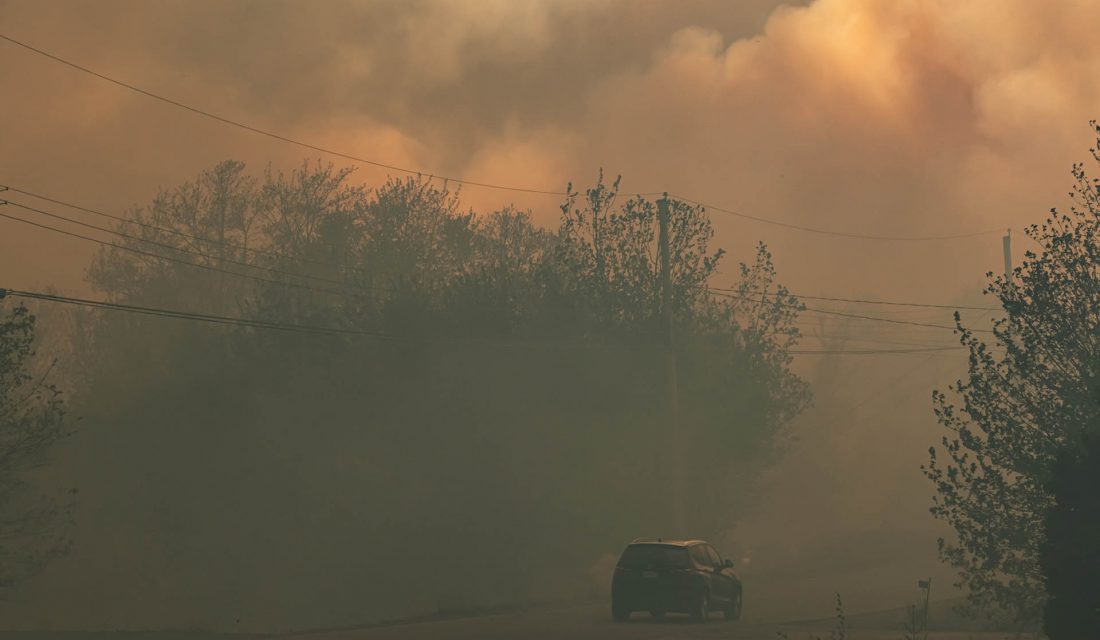
You might assume that most flying insects will easily avoid fires by fleeing. However, these fires are often fast-moving and many insects simply can’t get away quickly enough. It really depends on the insect.
Solitary bees, for example, nest underground and are often able to hide away from the fires. Sadly, and thanks to climate change, the wildfires we see these days are hotter than ever and penetrate even deeper into the ground. Considering approximately 30 per cent of solitary bees nest in trees and even twigs, they become much more vulnerable. And social bees, like bumblebees, don’t fare any better. They nest at the ground’s surface and are even more exposed to fire.
But insects also tend to be the first group of species to move back in after a fire has gone through, especially those that bore into the bark of trees. They in turn provide a food source for other species to move in, like insect-eating birds.
Birds

Birds are lucky enough to be able to fly away from wildfires along with the smoke they emit. That doesn’t mean it’s not stressful to birds though – they have to find new habitats and suddenly find themselves needing to compete for food and water with other birds. Moreover, if they are in the midst of migrating and a wildfire emerges in one of their regular stopover points, they might need to find a new stopover area to rest and refuel and that can be incredibly tricky.
Aquatic wildlife
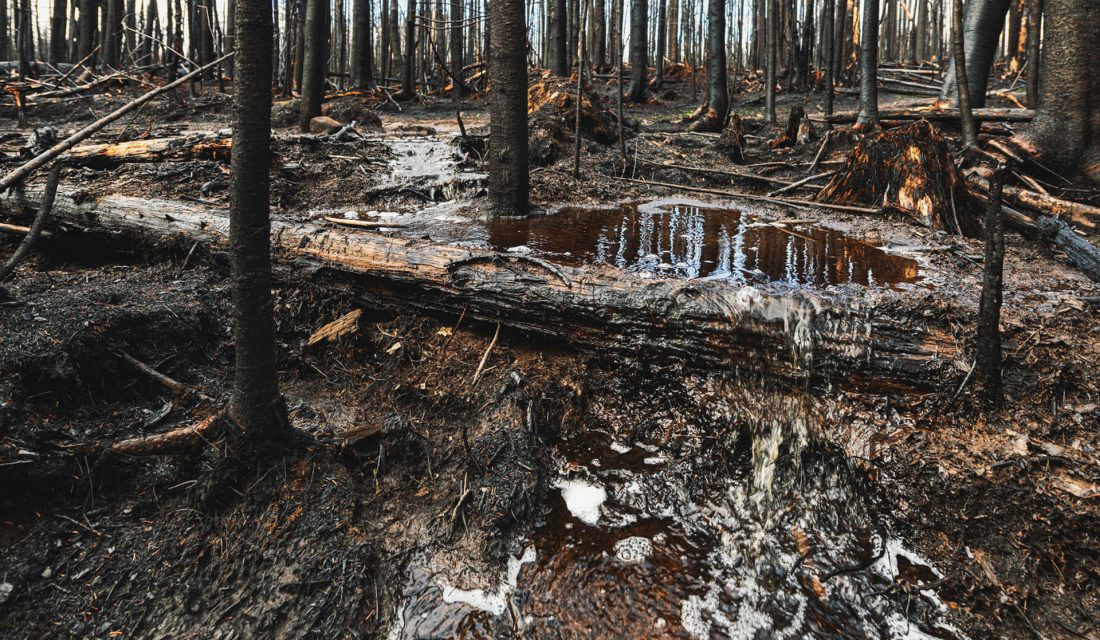
You may not even consider how wildfires affect aquatic wildlife considering they live…. well…in water. However, they are often badly impacted by wildfires. When trees and plant material is burned, nutrients like nitrogen and phosphorus are emitted and, after a rainfall, that runoff can be washed into freshwater. The impact of all that nitrogen and phosphorus entering the waterways are harsh; they might cause a drop in the water’s oxygen levels and they might also create dead zones, making certain areas uninhabitable for aquatic wildlife. Moreover, if plastic and other toxic materials are burnt along with plant materials, the toxic runoff that enters the waterways may contaminate them.
Vegetation
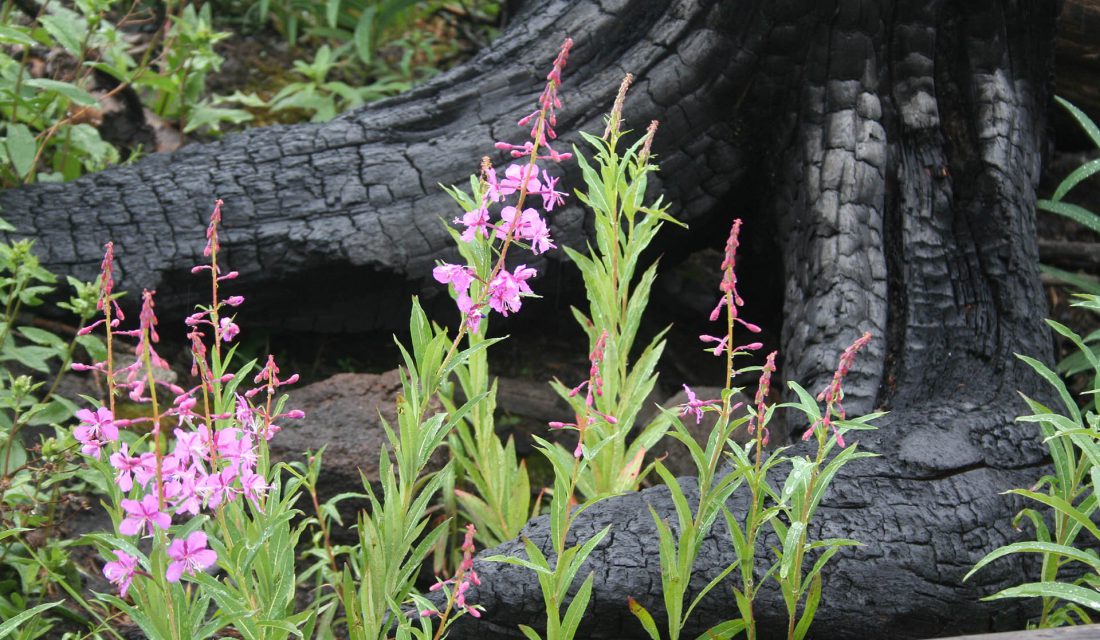
Beyond the obvious, that plants can’t run away from fire, many will succumb to the flames. But some tree species like the Jack Pine and the Lodgepole Pine have fire-resistant bark and cones, and actually need fire for their seed cones to open. And a freshly burned area can remove competitive species, where seeds of early stage plants laying dormant in the ground can sprout, like Fireweed.

